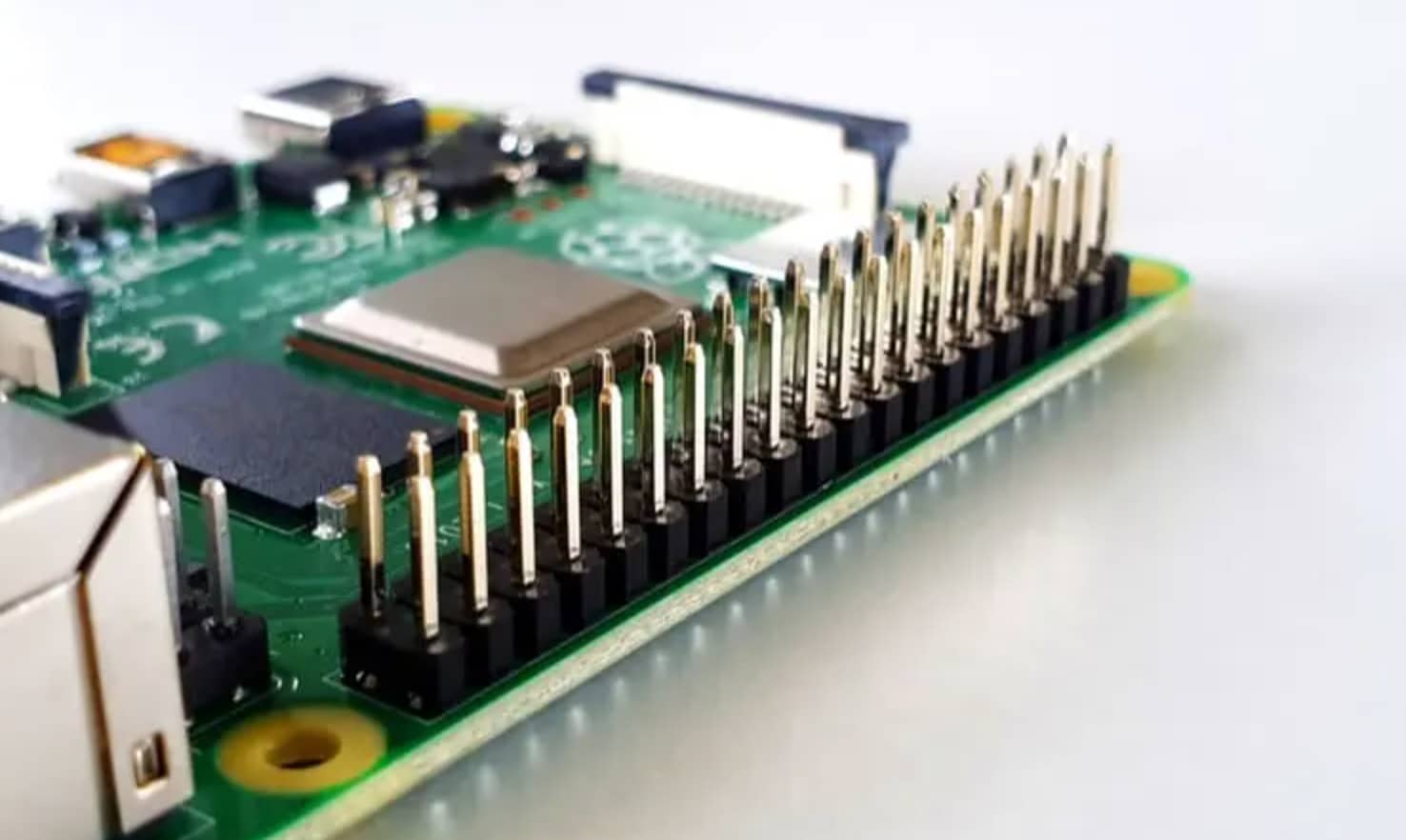
What is Board to Board Connector ?
Board-to-Board Connector
As the name suggests, a board-to-board connector is a connector used to connect multiple printed circuit boards. In cases where two or more PCBs need to be linked, these components are essential. Board-to-board connectors enable the flow of electrical signals and currents between the boards, thereby allowing interaction and synchronization inside the devices where they are placed. These board connectors are frequently integrated into electronic frameworks such as computer systems, smartphones, and similar gadgets. Consisting of multiple parts, these boards are essential for electronic functioning.
Elements that Make a Board-to-Board Connector
- Male Component known as Plug: The board section that protrudes from one printed circuit board is identified as the header, often referred to by the term ‘plug’ or male connection. It usually has pins or different conducting components that link to the matching ports or receptacles within the other circuit board. The electrical link on the board-to-board connectors can only be established through the header of the circuit.
- Female Component known as Receptacle: The female connection, commonly referred to as the receptacle, represents the equivalent of the header on the other board. It is intended to receive the electrical pins or links from the header portion and is put onto the second circuit board. This element is critical on a board-to-board connector.
- Points of Contact: Contact point is the term used to refer to the precise points of the board-to-board connector within the receptacle and the header wherein the electrical connection is made. Contact points can be made of metal pins, pads, or other conductive substances. The electrical conductivity and dependability of the connection are impacted by the layout and caliber of each of these interface points.
- Insulating Substance: Usually, the surface of the board-to-board connectors is composed of an insulating substance that keeps neighboring pins or connections from accidentally coming into touch by separating the conducting parts. Plastics such as polyester and polyamide are commonly employed as insulating substances.
- Housing: The stability of the board-to-board connector interface is provided by the housing, which envelops and shields the connecting elements. It also has characteristics such as guide posts, keying holes, and similar aligning aides to guarantee optimal matching and avoid dislocation upon connection.
- Locking System: To safeguard the electrical connection between the two printed circuit boards, certain board-to-board connectors have a specific mechanism for locking. This may involve anything as simple as a latching device, a lock tab, or additional devices that stop unintentional disconnections from motion, tremors, or outside influences from occurring.
- Alignment Characteristics: The purpose of alignment characteristics is to match the receptacles and headers precisely. These are examples of guiding pins, keying capabilities, and other techniques that facilitate connection element alignment during assembling.
- Style of Termination: How the connection is fastened to the printed circuit boards is referred to as a termination style. To the particular needs of the board-to-board connectors, typical termination techniques include a press-fit method, through-hole mounting process, and surface mounting method.
Benefits of a Board Connector
- Effortless Assembly: Board-to-board connectors make the task of assembling electrical devices simpler. Connectors provide an easy-to-set-up method in place of soldering interconnections physically between circuit boards. Because of its simplicity of assemblage, production times are shortened, and effective manufacturing methods are made possible.
- Reliability for Repairs: A board-to-board connector features a flexible structure, making electrical systems more accessible to maintain. One printed circuit board’s malfunctioning parts can be changed without compromising the functionality of the entire system’s remaining parts. This flexibility is helpful in scenarios where disruption needs to be kept at a minimum.
- Scalable Attributes: The scaling of electronic devices is enhanced via board-to-board connectors. Additional functions or capacities may be added by adding extra printed circuit boards or sections linked via these connections. For systems where potential expansions are planned, this adaptability is critical.
- Adaptability of Design: A board-to-board connector interface gives designers more choice when placing and setting up electrical parts. This versatility comes in handy when shape aspect, space efficiency, and precise layout specifications are critical.
- Diminishes Stress Related to PCB: Temperature and tension can be introduced throughout the assembly procedure when elements are soldered onto the printed circuit boards. Board-to-board connectors reduce this stress level by providing a tactile interface for the connection. Systems wherein mechanical strength and heat control are crucial will find this especially useful.
- Accelerated Data Transfer: Industries such as information centers, telecommunications, and high-powered computers might benefit from specialized board-to-board connectors made for rapid information transfer. The design of these connections aims to reduce disturbance and preserve signal quality.
- Simpler Adherence to Industry Guidelines: Industry norm compliance is made more accessible through standardized board-to-board connectors. By guaranteeing connectivity and interoperable capacity with other parts, standardized connections lower the possibility of issues related to integration and encourage uniformity in design techniques.
- Makes Monitoring and Debugging Easier: A board-to-board connector provides easy connectivity to specific printed circuit boards throughout the design and evaluation stages. This makes analyzing, troubleshooting, and repairing particular parts easier without disassembling them completely. It expedites time-to-market and simplifies the creation procedure.
- Efficient Production Costs: Using board-to-board connectors may benefit An economical manufacturing procedure. It lessens the possibility of mistakes during assembling, lowers the costs of labor related to hand soldering, and enables more effective manufacturing processes.
Aboard-to-board connector is an essential component that must be carefully designed and installed to manufacture specific devices effectively. As these components manage functionality, their proper manufacturing and deployment after testing are essential aspects.

